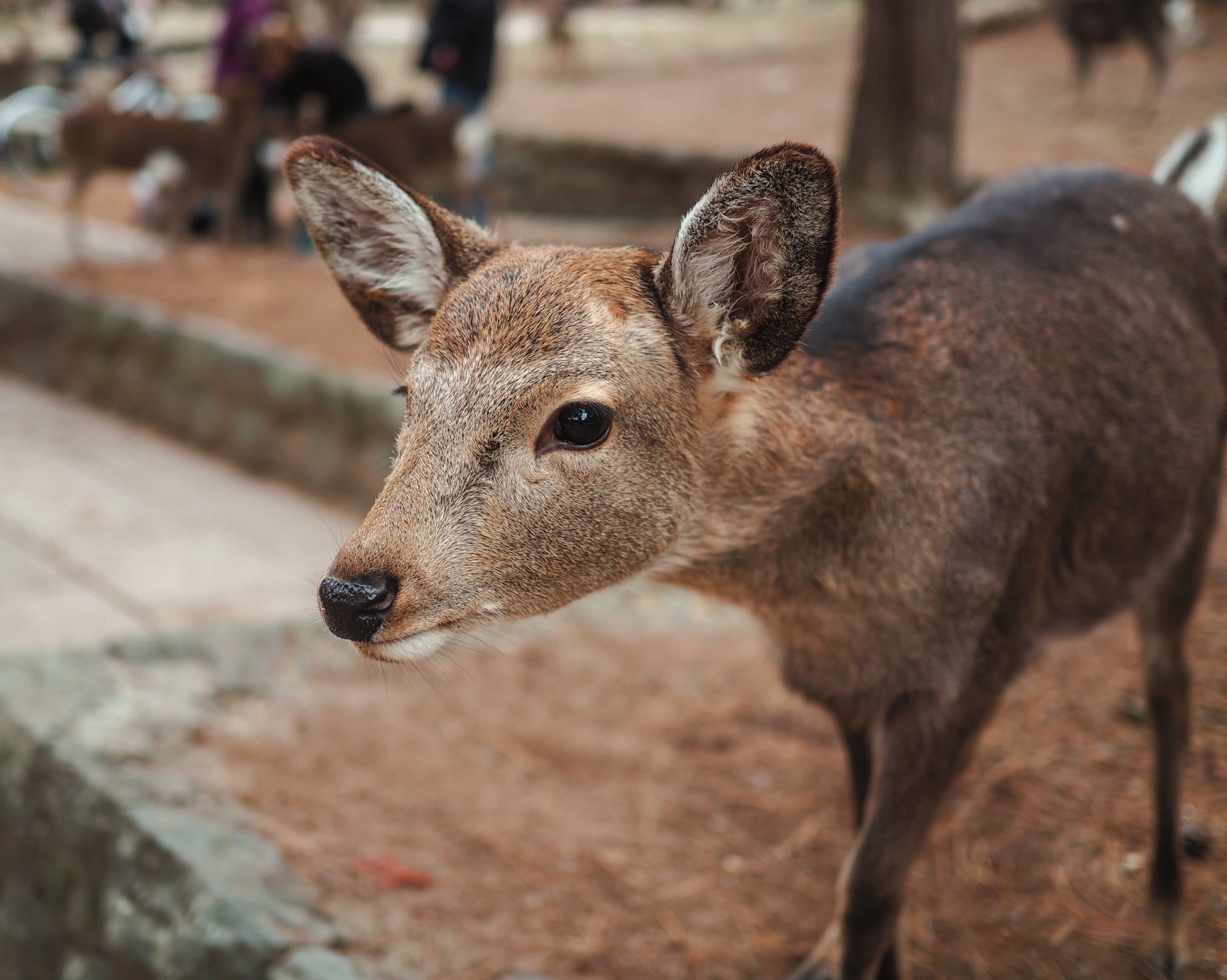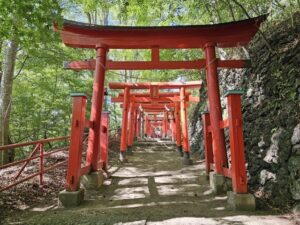Nara City is one of Japan’s most popular tourist destinations, attracting numerous domestic and international visitors each year. Among its many attractions, the wild deer roaming freely in Nara Park are particularly popular with tourists. However, in recent years, there has been an increase in incidents involving foreign tourists and these deer, resulting in various problems. Some tourists have been reported feeding the deer garbage, pulling their antlers, and in more severe cases, hitting or kicking them. These behaviors stem from a lack of understanding about the cultural and historical significance of Nara’s deer, and they are causing issues for the local community and the preservation of these sacred animals.
In this article, we will explore the cultural and historical importance of Nara’s deer, the reasons behind the increase in inappropriate tourist behavior, and the measures being taken to address the issue. We will also discuss how visitors can ensure they act responsibly to protect Nara’s deer and cultural heritage.
Cultural and Historical Importance of Deer in Nara
The deer in Nara are not just a popular tourist attraction; they hold deep cultural and religious significance. The deer have been considered sacred animals for centuries, particularly in connection with Kasuga Taisha Shrine, where they are believed to be messengers of the gods. According to legend, the deity Takemikazuchi-no-mikoto arrived in Nara riding a white deer, which led to the belief that the deer in the area are sacred.
As a result, the approximately 1,200 wild deer that roam Nara Park are protected and revered as symbols of the city. Over the years, the deer have coexisted with the local residents and contributed to the city’s tourism industry. The sale of “deer crackers” (shika senbei) for feeding the deer is a popular activity among tourists, and it also supports the local economy.
The Growing Problem: Inappropriate Tourist Behavior
Recently, there has been an increase in inappropriate behavior by foreign tourists toward the deer. Some of the most common issues include:
- Feeding garbage: Tourists have been seen feeding the deer food items other than the designated deer crackers. In some cases, tourists leave garbage on the ground, which the deer end up eating. This can cause digestive issues or even choking hazards.
- Pulling antlers: Some tourists try to touch or pull the deer’s antlers, which can cause stress and discomfort to the animals.
- Violence: There have been cases of tourists physically assaulting the deer by hitting or kicking them, which poses a serious threat to the animals’ well-being.
These behaviors are not only harmful to the deer, but they also undermine the cultural and religious significance that the animals hold in Nara.
Impact on Deer and the Local Community
The increase in inappropriate behavior is directly impacting the health and safety of Nara’s deer. Some deer have suffered from digestive problems after eating garbage left behind by tourists. Ingesting plastic wrappers and other non-food items can lead to serious health complications, and in some cases, the animals may choke.
Additionally, violent or aggressive behavior from tourists can cause stress in the deer, which may lead to more aggressive behavior toward humans. This could increase the risk of tourists being bitten or charged by the deer, which would further damage the reputation of Nara as a safe and respectful tourist destination.
The cultural value of Nara’s deer is also at risk. The deer are an integral part of the city’s identity, and disrespectful behavior toward them could harm the city’s image and negatively impact its tourism industry.
Possible Reasons for Tourist Misbehavior
There are several reasons behind the increase in inappropriate behavior by tourists. One significant factor is cultural differences. Many foreign tourists are unaware of the religious and cultural importance of the deer in Nara. To them, the deer may seem like ordinary animals, and they might not understand the need to treat them with special care and respect.
Another issue is a lack of information. While there are signs and pamphlets explaining how to properly interact with the deer, these materials are often insufficient or not available in enough languages to reach all tourists. The language barrier can also prevent tourists from fully understanding the local rules and customs.
Measures Taken by Nara City
In response to these problems, Nara City has taken several measures to address the issue. One of the main strategies has been increasing awareness campaigns. Multilingual signs and informational materials have been installed in the park to educate tourists about the proper way to interact with the deer. Additionally, local volunteers and security personnel are stationed in the park to monitor tourist behavior and offer guidance when necessary.
Efforts have also been made to limit the locations where deer crackers are sold, to discourage tourists from feeding the deer other types of food. The installation of more garbage bins has been another step taken to prevent littering and protect the deer from consuming harmful waste.
There have also been discussions about introducing fines for inappropriate behavior, particularly in cases of physical violence against the deer. Stricter regulations may be implemented in the future to ensure better protection for the animals.
The Importance of Responsible Tourism
To protect Nara’s deer and preserve the cultural heritage of the area, it is essential for all tourists to act responsibly. Visitors should take the time to learn about the cultural and historical significance of the deer and be mindful of how they interact with the animals. For instance, tourists should only feed the deer the designated crackers and should not leave any garbage or food wrappers on the ground.
It’s also important to remember that the deer are wild animals and should not be treated like pets. Visitors should maintain a respectful distance and avoid touching or pulling the deer’s antlers. These animals are sacred and deserve to be treated with dignity.
Conclusion
Nara’s deer have been revered for centuries as sacred animals and continue to play a vital role in the cultural and economic fabric of the city. However, the recent increase in inappropriate behavior by tourists is posing a serious threat to the health and safety of the deer, as well as the city’s cultural heritage. Feeding garbage, physical violence, and other disrespectful actions are not only harmful to the deer but also to Nara’s reputation as a world-class tourist destination.
As tourists, we have a responsibility to respect the places we visit and the customs of the people who live there. By following the proper guidelines and treating the deer with care, we can help ensure that future generations can continue to enjoy the beauty and cultural significance of Nara’s sacred deer.









Comments